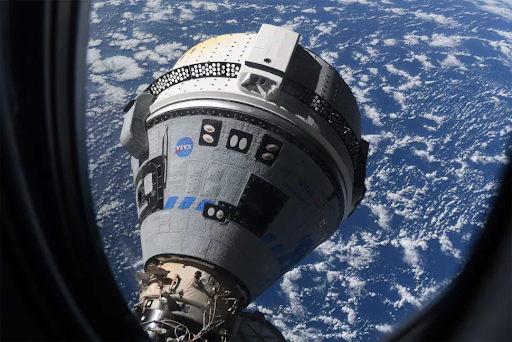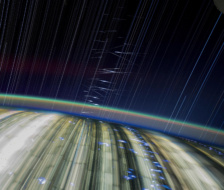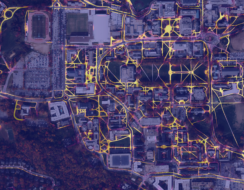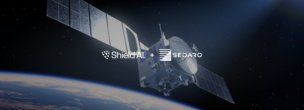Beset by software glitches and leaky valves, Boeing’s commercial crew capsule has had a rocky road to orbit. But on Friday, the OFT-2 mission finally delivered Starliner safely to the ISS.
ICYMI: The Starliner capsule is meant to provide NASA with a second way to get astronauts to the ISS (along with SpaceX’s Crew Dragon capsule). The craft made its first flight attempt, the original OFT mission, in 2019, but software bugs prevented it from reaching the right orbit to dock with the ISS. OFT-2 visited the launch pad for the first time last summer, but valve issues discovered on the launch pad kept it grounded.
On Thursday, OFT-2 launched from Cape Canaveral atop an Atlas V rocket. After a brief delay in docking, which resulted in photos of the approach that look straight out of Star Wars, Starliner linked up with the station. Yesterday, the ISS crew opened the hatch and entered it for the first time to unload its ~800 lbs of cargo, including “Rosie the Rocketeer.”
Up next: Starliner will make its way back to Earth this week. Undocking is tentatively set for Wednesday, and the capsule will land in the western US. The capsule will need to make it back to the ground carrying ~600 lbs of cargo from the station.
Down the line: More certification testing will be needed before Starliner gets approval to carry astronauts to the station.
- A few glitches encountered during OFT-2 will need to be worked out, including a problem with the cooling system getting too cold and a glitch that caused the docking delay.
- NASA has yet to certify Starliner’s parachutes for astronauts, an important step before loading up the capsule with a crew of four.




